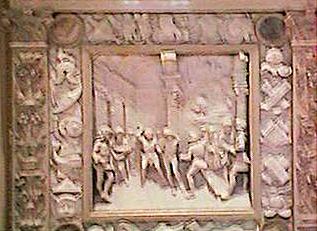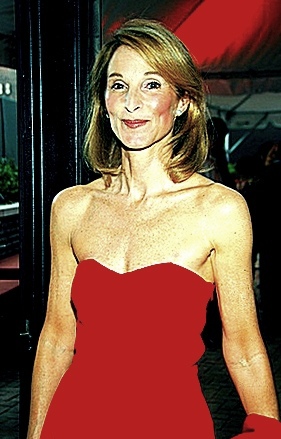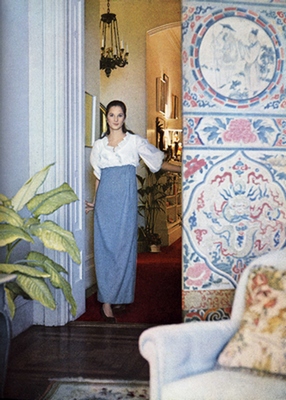
Reputedly she is known by friends and family as "Ba"; habitually, as a uniform, she sports sober Calvin Klein suits and subsists on tuna or grilled cheese sandwiches and power-bars. The mother of a son and daughter, she is a grandmother as well. Her on-again long-time companion is popular talk-show host, Charlie Rose, she enjoys a personal fortune estimated at $54 million.


All my life, in newspapers, magazines and books I've read about her. But how on earth did I ever actually become acquainted with such an exotic Bird of Paradise as Amanda Jay Burden?

It all boils down to the endless possibility afforded from living in New York, and to an abiding love of books. Despite starting out in life with little, whomever one considers who really makes a difference, Henry Roth, Maya Angelou, James Baldwin, Jane Jacobs or Barack Obama, few can accomplish as much as they might otherwise, without exposure at some point to the best city that there is. More importantly, avid formative reading offers almost anyone certain advantages which can be indispensable. 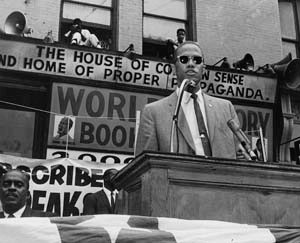
Boasting well over 200,000 texts authored by blacks, but closed in 1974, the African National Memorial Bookstore was by many measures a unique institution. Langston Hughes, Eartha Kitt, Malcolm X and Charlie Rangel were all patrons. From here, proprietor Lewis H. Michaux, a onetime laborer, extolled the value of education among Harlem residents for over 40 years. Deploying considerable wit toward his task, Michaux even prominently displayed a sign debunking anti-intellectual sentiments born out of slavery. It famously read, "The best way to hide something from a black man is to put it in a book." That his taunt was little more than a provocative ruse, calculated to prod unenthusiastic future scholars, is something amply indicated by the avowed Black Nationalist's incessant exhortation,
"If I can get a black person to read, I can change their life!"
For me, born and reared far away in Akron, Ohio, during the turbulent 1950's, 60's and 70's, both notions, though seemingly diametrically opposed, proved to be equally valid. I adored so many things to be found in good books. But those I wanted to see most were designated inappropriate. For a city of our size, the public library system was exceptionally well equipped. At the Maple Valley branch, nearest my house, all the best books, heavy, costly books about architecture, antiques and history, were held off-limits, either in the adult department or behind the reference desk. Attempting as a sixth-grader to circumvent such officious and arbitrary authority only got me into serious trouble.
Requests for an exception denied, stealing my father's library card might have been an effective expedient, that is, had I not suffered from the twin faults of being prone to carelessness and chronic unpunctuality. Hoping to get back to class before lunch was over, racing in the drizzling rain across a muddy playing field, Masterpieces of American Colonial Furniture, which cost $35.00, noiselessly slipped out of my bag to the sodden ground. Hurriedly, I wiped it off. 'It's not so bad,' I told myself. Miraculously, I even managed to make it to my seat before the final bell had stopped ringing. 'There was,' I reasoned, 'only a pale stain, on just two pages. Perhaps,' I prayed, 'this accidental injury I'd caused would go unnoticed.'
This is hardly the place to relate the obvious, awful outcome in detail. Yes, my unsuspecting father had received in the very next mail a notice of a fine for damaging a book he would never himself have even considered borrowing. Quite conscientious in his exacting care of books and most other things, how the notice had vexed him! But not for long, not once he easily guessed the identity of the true culprit. Lying initially was not entirely due to wishing to avoid being punished. Insisting, "I didn't take your card!" was also motivated by knowing what additional, grievously abhorrent behavior my father all too rightly, thought, such precocious connoisseurship might portend. 
Objecting to the severe deprivation of my being prohibited from going to Maple Valley Library caused my great-grandmother to come across for a summer class at the Art Institute downtown. Unexpectedly then, this was how I discovered the Main library nearby. There, any 12-year-old, approved by the librarian, was automatically eligible for an adult card. And, just as Mr. Michaux contended, this ticket to read did change my life. It turned out to be an introduction to whole new worlds previously unknown to me. They were rarified, beckoning realms; worlds which, as if by mutual agreement, cultivated whites regarded as their exclusive province.
Far from feeling deprived, struggling African Americans mostly had no knowledge that these magnetic places existed. That there were no blacks in evidence in the books I studied so thoroughly, nor in Vogue, and in 15 years, just three times in Architectural Digest, was of little concern to me then. One day, I vowed, I would appear on such pages smiling and carefree. I would write books like these that did include black people! Dramatically altering a heretofore provincial outlook, establishing lofty goals, being permitted to take out sophisticated, often challenging books, had enhanced my lonesome existence well beyond measure.

Even earlier than this, though in total ignorance, I had already, if obliquely, encountered Amanda Burden. In the 1960's, in most black households, works of art beyond portraits of a white and beatific Jesus, hung along-side the modern martyrs, John F. Kennedy and Martin Luther King, were sadly limited. Similarly, books, besides encyclopedia and a King James version of the Bible, proved exceedingly rare. How fortunate I was, growing tired of play one sultry afternoon, to stumble upon something more esoteric. Hidden in plain sight, amongst a set of unread, amusingly outdated World Books, I discovered in my Aunt Lane's bungalow living room, a 1941 edition of Etiquette "The Blue Book of Social Usage", by Emily Post. I was only nine, but as delighted as if I'd found a dollar bill forgotten as a bookmark.
In the chapter headed, Formal Dinners, there it was, a photograph of the sumptuous dining table at Mortmar.  Demolished in 1938, before she was born, this was the country house at select Tuxedo Park created for Amanda Burden's great-grandfather, Standard Oil partner Richard Mortimer. Completed in 1903, the baronial house with 28 rooms was a skillful reworking of a Victorian mansion.
Demolished in 1938, before she was born, this was the country house at select Tuxedo Park created for Amanda Burden's great-grandfather, Standard Oil partner Richard Mortimer. Completed in 1903, the baronial house with 28 rooms was a skillful reworking of a Victorian mansion.
Renaissance marble relief from Mortmar dining room mantlepiece
now, (since 1930), in St. Paul Church, Clifton, N. J. high altar.
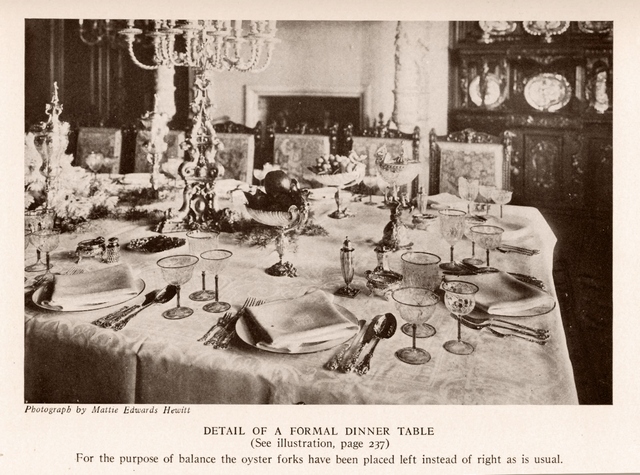
The daughter of Mr. and Mrs. Stanley Mortimer, Sr., a first cousin of Eleanor Roosevelt, 1893
Now then, there is nothing about Amanda Burden that would even remotely countenance such an ornate, overtly rich show of the kind favored by her father's grandparents or their then fashionable architects, Hunt and Hunt. Hers is a tastefully reticent aesthetic, better attuned to our modern times. Amanda's clothes, jewels and houses must merely whisper of wealth, where her great-grandparent's every possession shouted it. For, in her world, those deemed to be worthy of impressing, best appreciate low-keyed elegance, elegance that strikes a definitive note of self-control, terming an estate, 'a farm', and favoring dogwood, fern and Solomon's seal-fringed naturalistic pools over any baroque fountain. 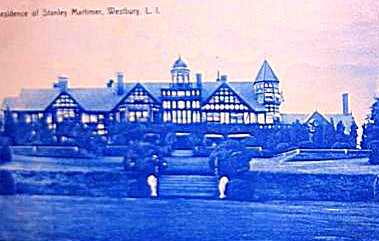 Roslyn House,estate of Stanley Mortimer, Esq., Old Westbury, L. I.; James Brown Lord architect,1891
Roslyn House,estate of Stanley Mortimer, Esq., Old Westbury, L. I.; James Brown Lord architect,1891


Balustrade, Roslyn House, since demolition ca,1999, all that remains
At nine, and even now, such reserved 'good taste', bordering on the ascetic, leave an impression sometimes dully arid. In the same way, as a young person it seemed to me that evocative and exuberant seaside chateaux, called cottages, built by Astors and Vanderbilts at Newport, were far more compelling than the icy élan of Phillip Johnson's iconic Glass House.
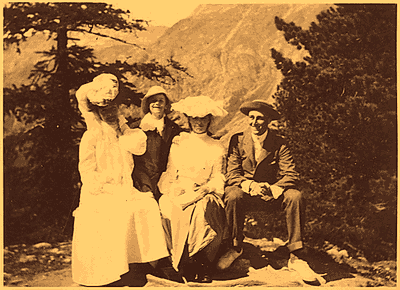 1904,FDR in Switzerland with Mrs. Stanley Mortimer and childern
1904,FDR in Switzerland with Mrs. Stanley Mortimer and childern
Years passed, each confirming, ever more clearly, a prophecy fully foretold by my early reading list. Retardataire tastes for old-fashioned architecture, a decided preference for design embodying graciousness and luxury, were each tutored with joy in secret solitude.
"Come out of there and go outside and play!"
I was often ordered. So that stolen hours spent in my room pouring over dozens of books borrowed from the library each month, counted as among my happiest moments. And, by the time I first set eyes on Amanda Burden in a book, already I was totally prepared for her expert seduction. It was hardly hers in isolation though. For from her prominent antecedents, to her obvious chic, it was as if she and her husband, a real-life Vanderbilt descendant, represented, via youth, charm, privilege and compassion, everything to which I aspired.
"Her most intimate friend is still her mother," wrote Valentine Lawford in Vogue's Book of Houses, Gardens, People, a lavishly illustrated compilation of previously published articles that appeared in 1968. 
"She respects her judgment, admires her taste, shares her concern for things of beauty and copies her, trivially but touchingly, in her way of arranging flowers."
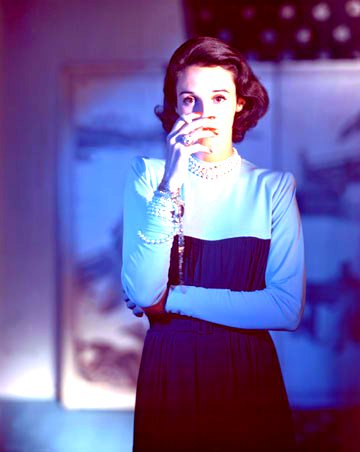

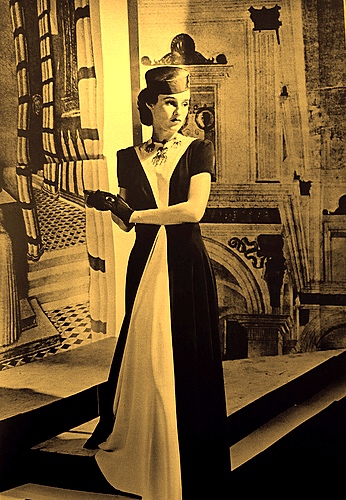
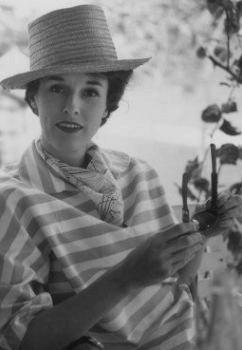
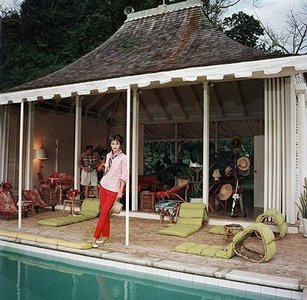
Amanda's mother was the much-photographed, twice-married, beautiful Barbara Cushing, known inartfully as "Babe". She was born in Cleveland, Ohio, as was her father, world-famous neurosurgeon Dr. Harvey Williams Cushing.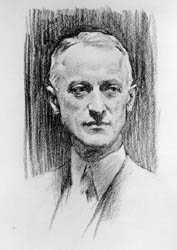 Brought up in Boston, Barbara Cushing, much like her also lovely sisters, Mary Benedict Cushing and Betsey Cushing, would make favorable matches with two immensely rich, powerful and wildly different men.
Brought up in Boston, Barbara Cushing, much like her also lovely sisters, Mary Benedict Cushing and Betsey Cushing, would make favorable matches with two immensely rich, powerful and wildly different men.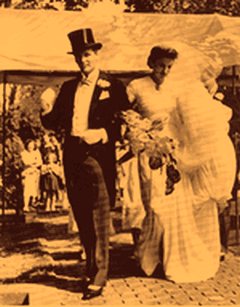 1940
1940
A sedate member of the old '400', Stanley Grafton Mortimer, Jr., who grew up in New York, at Old Westbury and bucolic Tuxedo Park, came first. William S. Paley, Babe's second husband,  was the dynamic chairman of CBS.
was the dynamic chairman of CBS. 
1947, Amanda Mortimer, her brother and their Grandmother Cushing at Barbra Cushing Mortimer's wedding to William S. Paley
Following her parents' divorce, Amanda's father also made a second advantageous alliance, marrying Kathleen H. Harriman, daughter of Governor Averell Harriman and granddaughter of railroad baron E.H. Harriman. And so, by example, Amanda's matrimonial die was cast.
Skating at Tuxedo Park, ca.1920
That affluence and position are not always what they are cracked up to be, was at least implied when at 56, Stanley Mortimer intentionally shot himself in the stomach with a 20-gauge double-barreled shotgun, in 1969. Occurring at his father-in-law's estate at Harriman, New York, Mortimer was found by his wife. Renowned as a sportsman and a crack shot, happily he would live on until 1999.
Amanda Burden's beaux and husbands, no less than her parent's spouses and her famous aunts' romances only added to the amount of material I was able to read about her over the years. Carter Burden, her first husband, was a great-grandson of a socially ambitious but aloof Vanderbilt heiress, Florence Adele Vanderbilt, who married capitalist Hamilton Mc Kown Twombly. 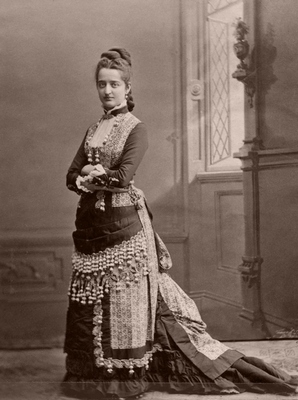 1878
1878
 1890, by Sargent
1890, by Sargent
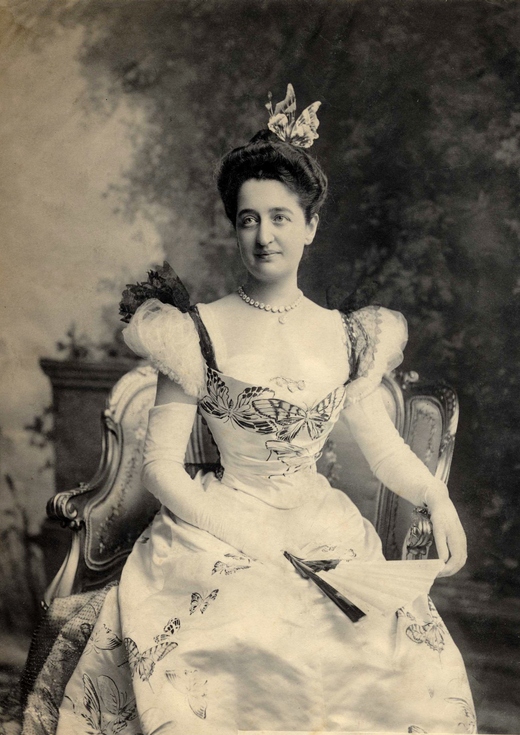 1898
1898
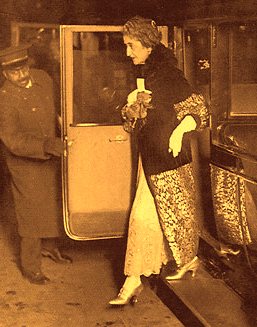 ca.1930
ca.1930
Mortmar was magnificent and the Mortimers beyond doubt, both grand and rich. Yet the Hamilton Twomblys indisputably, were richer still.
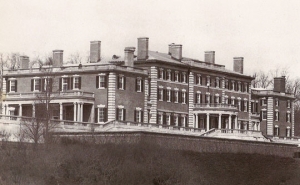
If possible their estates, the 100-room Florham, designed by Mc Kim, Mead and White and set on 1,200 acres in Madison, New Jersey, and Vinland, atop a seaside cliff at Newport, were more imposing too.
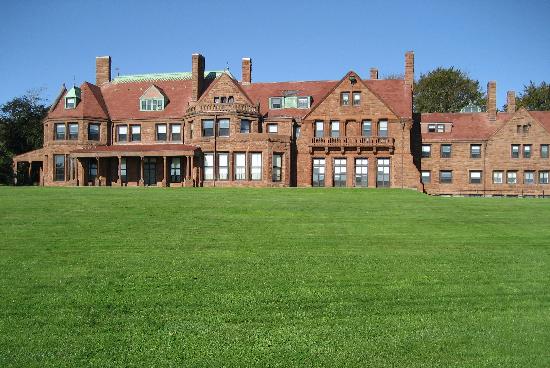
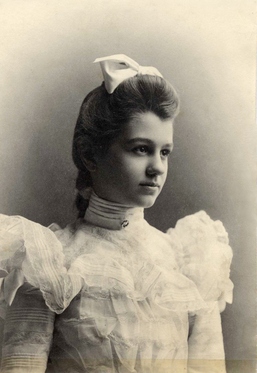
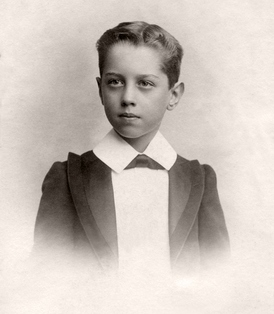
Ruth Twombly,(1885-1954), 1898; Hamilton McKown Twombly, Jr., (1886-1906), 1898
But none of this, alas, had prevented the early deaths of two of the highly favored Twombly's four children.
Carter Burden's grandfather, William Armistead Moale Burden, was a son of an iron manufacturer from Troy, New York.
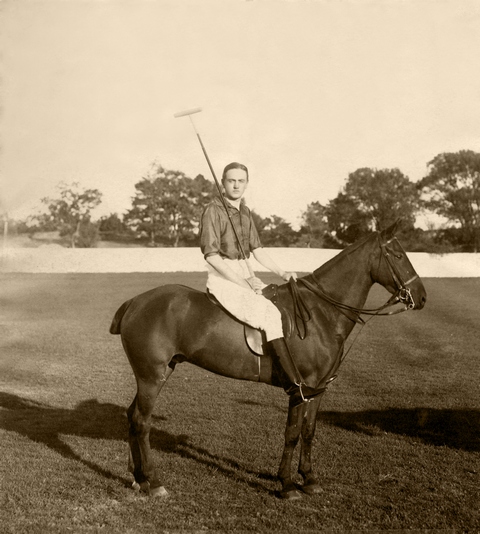 1892
1892
His polo-playing brother, Carter's great-uncle, James A. Burden, Jr., also married a Vanderbilt heiress, his brother's niece, Adele Sloane.
Passionate and sensitive, like Amanda, Carter also demurred away from the stereotypical role of an attractive idler, to which the well-heeled used to be almost unavoidably consigned. Certainly, dutifully Amanda had made her bow, débuting before polite society, both with 120 girls of good family at the 74th annual Tuxedo Autumn Ball in October 1962, and at a supper-dance given at her mother and stepfather's Long Island country house. Out of politeness, instilled since childhood, Carter Burden attended many such dances and numerous other parties besides. But even prior to the revolutionary sixties, he knew there must be something more to life.
Wrestlers, by John Singer Sargent, ca 1908
Several sources maintain that Burden was essentially homosexual. They also say that, "For all his charm and resources, growing up Catholic with actors and other outré characters in California, helped give Carter an outsider status here, that he never totally surmounted." Asked why, if he were Gay, did he bother to marry then? One friend responded,
"You've read, Portrait of a Marriage, haven't you? You are aware of Carter Brown, of Jimmie Biddle, Mark Hampton, Tom Britt, and David Hicks? These people, at that level, the family money, it becomes so much more than just a means of surviving. So often deprived of love or even of human warmth, it forms an unending chain about approval, disappointment and bitterness. The money gets transposed, it becomes a substitute for love and all that ought to go with a normal relationship. Finally, no matter what it costs, it's the prize that must be won. Trust me, you've no idea how much money can mess some people up!"

"Spectacular", was the word that most writers applied writing in the Times, Woman's Wear Daily, and other assorted journals, trying to describe Carter and Amanda Burden's entertaining at their art-filled, eclectically furnished apartment at the venerable Dakota. Like the sprightly Drop That Name song, from Jule Styne, Betty Comden and Adolph Green's show, Bells Are Ringing, these festivities given by the city's youngest, richest and most handsome couple, included names so bold-faced, as to make only one or the other necessary for identification among the cognoscenti eagerly reading of their exploits the morning after. Susan, Truman, Avedon, Barbara, Gloria, Norman, Andy, Bobby, Edward, Teddy and Joan, all figured among the glittering mix that made of the Burdens the society writer's darlings. With great affection and a little envy too, they were colorfully dubbed. "The Moon Flower Couple," "The Fashionable Savages," "the Burdens, whom we must all bear".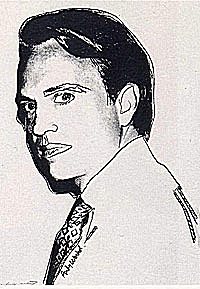
Yet even as they were living the high-life, living it up, a serious side began to emerge from the "The Moon Flower Couple" as well. Amanda might enjoy appearing in charity fashion shows, her masses of chestnut colored hair dressed like a Renaissance princess's in a drawing by Leonardo, but she also did volunteer work. Carter, posing for a portrait by Warhol one moment, the next was demonstrating with Tom Hoving against Columbia University's expansion into Morningside Park.
Carter Burden's working on the ill-fated Presidential campaign of Senator Robert Kennedy affected them both. "We spent a lot of time with him because Ethel was obviously with the kids in Washington," Amanda remembered in a May 6, 2002 tribute in New York Magazine, entitled, Social Planner. It was written by her friend, Ralph Gardner, Jr. and presents a side of her that's seldom revealed publicly. Marveling that someone could change so completely, so quickly, Amanda especially remembers how Kennedy had been impacted, even transformed, after he toured the rural South. Experiencing first-hand the extent and depths of poverty in America, she felt, had been for him a revelation. The great power of Kennedy's empathy; she said, extends to her own greater appreciation for the underdog.
"He kept saying, 'I didn't know. I had no idea," Amanda said with evident pain, even after so much time. "He was really committed to social justice in a way we haven't seen for a couple of decades. I still think of him in what I'm doing now."
Acquiring the Village Voice and New York Magazine, acting as a limited partner in his father's investment firm, as well as establishing one of his own, what perhaps gave Carter Burden his greatest sense of satisfaction was to serve as a respected member of New York's City Council. Determined to help ordinary people and the poor, in the city where housing costs more than anywhere else in the nation, he was a valiant tenant activist. Unsung, Carter also drafted, introduced, and was the principal advocate for the amendments to the city's Landmarks Preservation Law. Twice upheld by the Supreme Court, this measure alone, sustaining landmark designation for Grand Central Terminal and Harlem row houses alike, counts as a highly laudable accomplishment worthy of his immortality.
Abruptly, but not without telling indicators beforehand, Amanda's magazine-perfect marriage to Carter, so poignantly suggested latter by the fictional saga of Charlotte and Trey portrayed in Sex in the City, ended in 1972. One person who knew them well concedes,
"Amanda was never going to be contented to just raise kids and arrange flowers. Curiously, each of them had been both neglected and spoiled alternately. You know how it is with a two-year-old, when you're talking on the telephone and they climb in your lap, trying to take it away, to get you to hang up? It's not because they need anything, they are just demanding your undivided attention. When Carter got involved in politics and publishing, Amanda felt neglected again, and she didn't like it!"
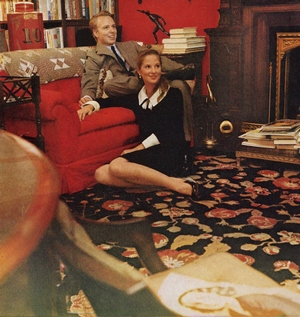
"They got married very young, you have to understand,"
explained another friend in New York Magazine. For Bartle Bull, a novelist and Carter's Harvard schoolmate, the breakup was but another sad example of youthful impetuousness. "At the time of their engagement, Amanda was 18,"he says! Perhaps the collapse of the 60's most fabled match amounts to so little as that, immaturity? But in any case, on the afternoon of their eighth wedding anniversary, charging "Cruel and inhuman treatment," Amanda had Carter served with papers for divorce proceedings.
According to Times writer Carey Winfrey, profiling Carter Burden in 1978, Carter took the dissolution of his and Amanda's marriage very hard, withdrawing from his friends and seeking the help of a psychiatrist twice every week.
"That was my first major failure...the first divorce in my family in billions of generations," he lamented.
Remarried, his political adventures meant to change the world set aside, Carter Burden lived in a style at River House and the Hamptons, that can only be accurately described as "Vanderbiltian", though somewhat adjusted in the face of current realties. Only 54, on January 24, 1996, he died from what news accounts called "a heart attack." 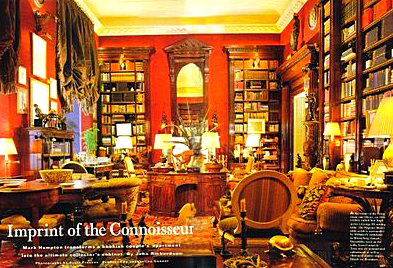

Steve Ross, the charismatic head of Warner Communications,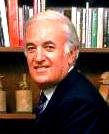 became Amanda's second husband. The same year he married Amanda, 1980, Ross too suffered a serious heart attack. 'Nothing', say several accounts, 'in Ross's rags-to-riches life had provided stronger proof of his heady social ascent than marriage to Amanda Burden.' Some go so far as to dismiss their 16-month union as, "apparently based on little more than a fleeting infatuation." But, who was it who was merely enthralled and why?
became Amanda's second husband. The same year he married Amanda, 1980, Ross too suffered a serious heart attack. 'Nothing', say several accounts, 'in Ross's rags-to-riches life had provided stronger proof of his heady social ascent than marriage to Amanda Burden.' Some go so far as to dismiss their 16-month union as, "apparently based on little more than a fleeting infatuation." But, who was it who was merely enthralled and why?
"Why, it was both!" says a onetime employee of Ross's who says she "used to like, but now detests," Amanda. "It's rich, now that she's with Rose; she's gotten some of her own horrible condescension back at last. She treated him like shit sometimes and he was so needy, so desperate for love."
Understandably Amanda mostly sees her second marriage with a less jaundiced eye,
"He was fantastic," she has recalled. "He was very brilliant and extraordinary with my children. We were just at completely different parts of our life. He was actually thinking of retiring. He had a heart attack shortly after we married." But then, on another occasion, asked if their somewhat peripatetic existence in which Ross sought to recreate and even intensify a life she'd fled from, culminating in a bitterly contested divorce, has soured her on marriage? Amanda responds with a succinct, "Yep!"
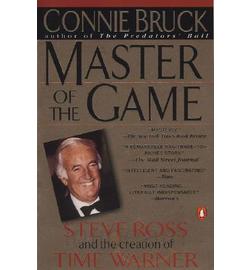

Connie Bruck asserts in her biography of Ross, Master of the Game, Amanda, "balked at moving into the triplex he built for her at 740 Park Avenue, suspecting he was trying to re-create the marriage of Bill Paley,[Amanda's stepfather], whom he idolized, to Babe, with Amanda starring in the role of her mother." The Paleys with the Duchess of Windsor
The Paleys with the Duchess of Windsor
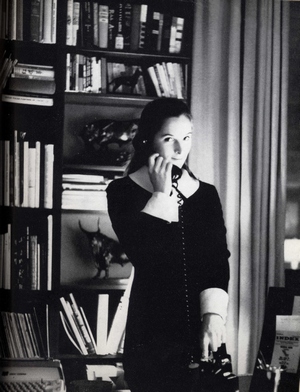
All of 22, but in first place on the best-dressed list, willowy Amanda Burden was seen by some as her mother's logical ultimate successor, as New York society's most alluring ornament. Truman Capote had likened exquisite Babe Paley to a swan, but far closer to her stepfather and raised by a series of nannies, Amanda's relationship with an absorbed and remotely-occupied mother wasn't calculated to inspire great intimacy,
"It was her choice, not mine," she says. "That's why I don't like to talk about it. It's painful. I certainly made sure that my daughter had a lot of help from me...She was just incredibly beautiful, so always perfect... [But] she kept her distance,''
"Her mother was an unhappy person," says one good friend of Burden's. "There was an enormous amount of competitiveness with Amanda, which she took out on her by making her feel unattractive. She's had to create her own self-esteem." Shipped off to boarding school at 14, Amanda never did return home to live in the gilded ghetto of her girlhood. At 18, she became engaged. A long-time acquaintance, with the advantage of a more distant vantage point, adds,
"Those two are still competing, even with her mother long dead. Amanda's frigid chic is a reaction to her mother's more elaborate style.
Her mommy married a grand WASP, and then divorced him to marry a richer man who was more powerful and Jewish, and surprise, so did Amanda! All the parallels are just fascinating. She might be happily birding in picturesque far-off places, but instead she became Bloomberg's Planning Commissioner. Why? It's because,by helping to reshape this city, that's something that, for all her money and celebrated beauty, her mother certainly was in no position to ever do. While it's true that few well-off women of our generation are sanguine about just loafing about, raising funds for charity and dealing with our children or grandchildren, because her mother still haunts her so, Amanda's job has become the focus of her life."
Is it an adequate credential to direct the planning authority of the world's greatest city that one resides within doors of the mayor? Amanda Burden and Mayor Michael R. Bloomberg live on the same salubrious stretch of 79th Street, bound by Madison and Fifth Avenues. "I see him when I'm out walking my dog," she reports. "He's getting in his car to go in to work."
Brief in duration, but haunting, my encounter with Amanda occurred preparatory to her remarkable ascendancy from Planning Commission member to Commission chair. Developer of Battery Park City, director of the Midtown Community Court, she'd spent over a decade as a member of the City Planning Commission. Seeking still more, she was perusing a master's degree in urban planning from Columbia University. I had just gone through the historic preservation program and we met in a preservation-studio class overseen by the architect and innovative historian, Robert A. M. Stern. Acting as a critic of student proposals for preserving West Harlem's Manhattanville neighborhood, I'd offered hard, but fair, evaluations. I was hoping the students' project might lead to legal protection for this reviving industrial center so reminiscent of the meatpacking district downtown.
Over an extended period, Community Board Nine devised a 197-A plan for the area that encouraged more of the light manufacturing that had long gone on here. While still providing places for new restaurants, it also reserved a site for Columbia expansion. To hear the media tell it, Amanda was supposed to be the number-one champion of the concept of community initiative, "Ms. Burden also makes a point of sounding out neighborhoods about development projects, like asking Harlem residents about their hopes for 125th Street.", reported Robin Pogrebin a few years back in the Times,
"The community is not going to buy in, unless it reflects their culture."
Amanda was supposed to have told her.
We'd not met previously, but finding ourselves side-by-side now, gently touching my shoulder, Amanda kissed me, smiling and said, "Michael, hello!" Her attire, that early evening, had hardly conformed to what I had seen in photographs. By 1990 Amanda had long abandoned the more feminine, more romantic style of her early youth. It hadn't mattered a bit, though. Because she was just as I had imagined she might be, warm, open, fun and approachable. So, replying, 'Hi Amanda,' I felt as if I'd been assumed into the opened heavens.
Repeatedly, in recent years, referring to herself as "a child of the 60's", profoundly touched by President Kennedy's ''ask not'' speech, Amanda has stressed the idea that she's been propelled in promoting 'design excellence' to improve the lives of all New Yorkers. While teak park benches and black granite parapets undoubtedly have only limited utility when you've been made homeless by rezoning, this detail hasn't diminished Amanda's zeal a bit, "I've always had this fanatical need to make a contribution, and I've always had a desire to build something permanent." Equally unrelenting is the palpable sadness with which she greets an enduring and dismissive assessment that she's only an air-headed socialite.
"An array of commendable accomplishments have failed to remove entirely the scarlet letter S, for socialite from her smooth forehead." claims one friend, who isn't disputed by a resigned Amanda, stating,
"It's horrible, really, the socialite thing; it's like some kind of tattoo you can't rub off."
"She's been underestimated," contends patrician Kent Barwick, former head of the Municipal Art Society. "Somebody who is thought of as beautiful and social and at lots of events, has to work twice as hard to stay even. I think she has worked more than twice as hard." Other friends are also eager to defend Amanda's honor, "All her life she's been called 'The Socialite'," said Burden's late friend Herbert Muschamp, the former New York Times architecture critic. "She can't deny responsibility for that. She looks the way she looks, and she doesn't cover her face with her hands when Bill Cunningham or Patrick McMullan takes her picture..."But it's not a hobby. She really wants to make a difference!"
The all-important question becomes, 'For whom does Amada Jay Burden wish to implement change and improvement in New York?
"It's nothing but rubbish" says distinguished and scholarly architectural historian Robin Middleton, who formerly taught at Cambridge before joining the faculty at Columbia. "Columbia's plans are simply monstrous, like an Orwellian or Stalinist campus of factories.

No one touting how much they cherish "design excellence", could possibly approve of that, unless of course if it were their job to do so. And, it is, isn't it?"

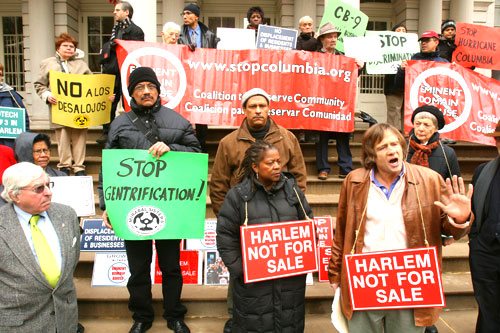
It was around the connected issues of Harlem being up-zoned, that observing Amanda much more closely, I began to see who she really was. Did it help the homeless to provide for ever-more $900-thousand-condos, in a community where the average yearly wage is only $36 thousand? Is it beneficial to small local merchants, allowing for 25-storey towers, where 19th century buildings with just six floors now prevail? What's the point of confiscating thriving businesses that want to be a part of a new revitalized Harlem? 
Why clear 17 acres, solely for Columbia's use and leave only two of dozens of historic structures? Ought not the sole Commission vote against this ill-conceived venture, cast by Karen Philips who lives in West Harlem, to have influenced the chair who said, "The community is not going to buy in, unless it reflects their culture."? Failure to grasp how imperative these quandaries are, renders Amanda's beauty, her charm the graciousness, into mere forced elements of empty 'good form'. Highly and widely praised, even her best attributes are as artificial and without meaning as her affectionate-seeming kiss had been.
Yet so besotted with an ideal was I, that repeated rebuffs notwithstanding, I was slow to renounce this vision representing all that I'd found great and good since my early childhood. My name might still top the list on their website, but being warmly asked to join the 125th Street Rezoning Task Force at an introductory meeting, I was then never asked to another. Sadly I witnessed, without input or appeal, as old buildings I'd raised concerns about, were casually swept away a few years later. Something might have been done, should have been done, to save them in time, but thanks to Amanda's callous indifference, nothing was.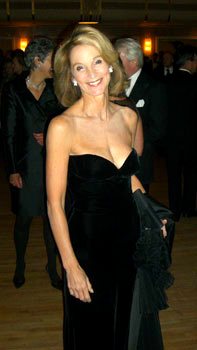
Despite freedom from want or care, provided by her wealth and social position, routinely over the last decade, Amanda,employing all her considerable gifts has endorsed, and helped to implement, policy after policy, public and private, that guarantees that the poor are displaced. As for the green city of the future that she and Mayor Bloomberg extol, it will have far fewer places hospitable to working people than exists even now.
"One of the reasons people like her is because they know she really cares about New York, "Kent Barwick says. "It's not a stepping stone to something else."

Really? 'How', one might rightly ask, 'can Mr. Barwick say such a thing?' Clearly, mesmerized by Amanda's dazzling image, he has not yet looked into her face to see, how much all of Amanda's actions are mere stepping stones, to the next invitation, the next award, that whatever she's done, at heart Amanda Burden, really is a socialite and an elitist.
